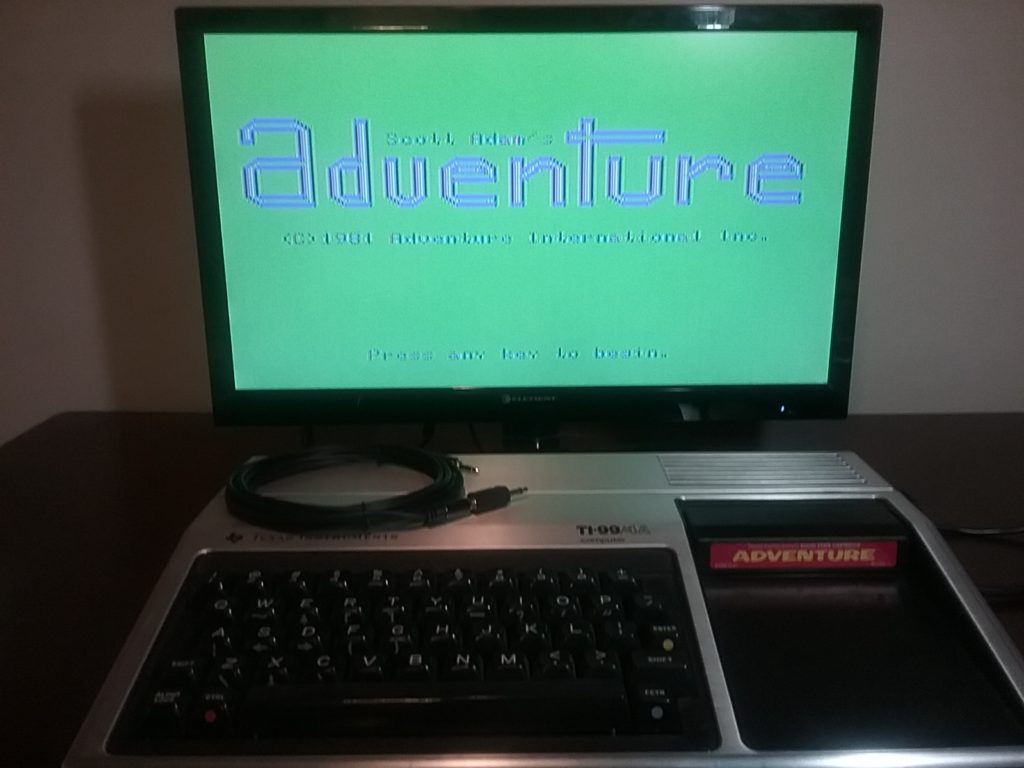Almost a week ago, I sat down to my computer and saw a notice from Norton about a virus. Norton in its usual fashion took care of it. It removed the file.
The problem was; and the reason I am writing about it here, is the file it removed was e11.exe. E11.exe is a program by dbit, Ersatz 11, that emulates the PDP 11. As I wrote in my last post I have been working on an older version of Oregon Trail on an emulated PDP 11/70.
I downloaded it again and reinstalled it on my hard drive. Norton once again spoke up and warned about the virus. I asked it for details and it turns out it was not so much a virus as the file only reported as being used by 50 people, so it must be dangerous. I told Norton to leave it alone.
I went and started it up, except all was not back to normal. Instead of starting up my PDP 11 emulation all I got was the prompt for E11. I exited and did a quick directory; no data files or init files.
My most recent backup was before I started Oregon Trail.
I was pissed. I am not a typist and only manage about 32 word per minute, so typing in Oregon again was a significant investment of time that I did not want to do. I took a step back and decided to think about it a couple of days.
During that time I thought of a few changes I would like to make in my emulated system.
Finally, a couple of days ago, I sat down. I was going to re-setup my emulator. I went to the directory on my C drive to start and had a flash.
My system, when I had it built, had some unique features. I installed a small SSD (120GB) for a boot drive. Added to that, I installed a new 1TB hard drive and another one from my old computer that I was replacing. Windows went on the SSD (C) and the other software went on the new 1TB hard drive. That included Ersatz 11. When I reinstalled it, it went to C instead of where it should have.
I moved E11 from where it was installed to the proper directory and I was back up and running.
